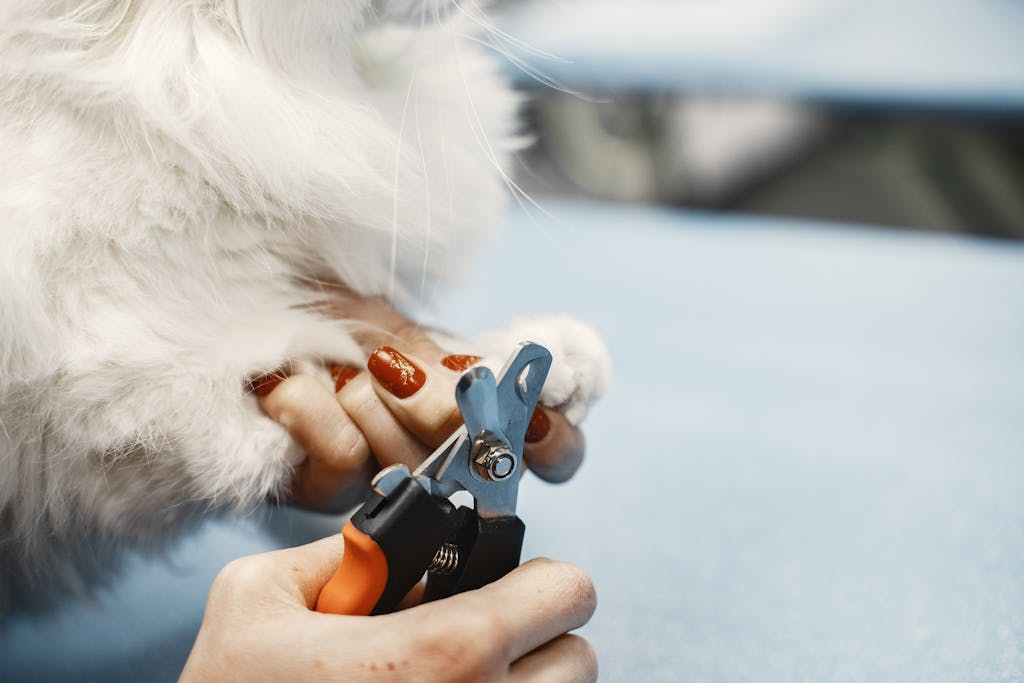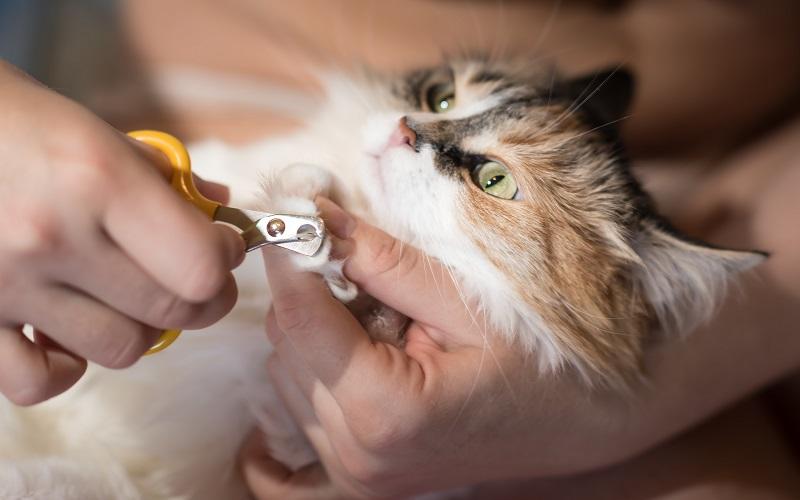How to Train Your Cat to Tolerate Nail Trimming

How to Train Your Cat to Tolerate Nail Trimming
If you’re anything like me, you adore your furry friend but dread the nail trimming routine. Cats can be pretty dramatic when it comes to clipping their nails, and what should be a simple grooming task often turns into a battle—scratches, hissy fits, and a whole lot of stress for both of you. But here’s the good news: with patience, some smart techniques, and a little know-how, you can teach your kitty to sit through nail trims with way more calm and a whole lot less fuss.
So, if you’re ready to turn nail trimming from a dreaded chore into a manageable (maybe even enjoyable!) part of your bonding time with your cat, stick around. I’ll walk you through everything you need and share tips I’ve picked up from years of cat parenting.
Why Nail Trimming Is So Much More Than a Cosmetic Task
Sure, well-manicured paws look nice… but keeping your cat’s nails trimmed is about more than appearances. It’s actually a crucial part of your cat’s overall health and happiness.
-
- Prevents Injuries: Overgrown nails can snag on furniture, carpets, or even their litter box. This can lead to painful breaks or tears that might require a vet visit.
-
- Protects Your Furniture and Skin: We love them, but those sharp claws can wreak havoc on your couch and your skin. Regular trims keep the damage minimal.
-
- Improves Mobility: Long nails can mess with a cat’s walk, making it uncomfortable or even painful for them to move around properly.
-
- Supports Mental Health: Grooming rituals are bonding moments, and a calm nail trimming session helps your cat feel secure and loved.
So, nail trimming is about protecting your kitty’s well-being, not just keeping their paws pretty. Understanding this can help us approach the task with the right mindset—more care and patience, less frustration.
Gentle Steps to Help Your Cat Love Nail Trimming (or at Least Tolerate It)
Start with Trust and Touch Desensitization
Before you even bring out the clippers, it’s important to get your cat comfortable with having their paws handled. Many cats hide their paws because they’re sensitive and don’t like the sensation of someone grabbing them.
-
- Spend a few minutes each day gently stroking your kitty’s legs and paws while they’re relaxed and happy, like during cuddles or petting sessions.
-
- Try softly squeezing each toe and then immediately giving a treat or a gentle scratch behind the ears as a reward.
-
- Keep sessions super short—30 seconds to a minute—and always end on a positive note.
Introduce Your Clippers Slowly
Once your cat is chill with paw handling, bring the nail clippers into sight—but don’t clip yet. Let your cat sniff and inspect the tool. If they show interest or curiosity, reward them.
-
- Show the clippers, then put them down and reward your cat repeatedly so they start associating the clippers with treats and good vibes.
-
- Avoid chasing your kitty with the clippers—keep it relaxed and low-key.
Learn to Spot the Right Trim Moment
Timing is everything. The best time to trim nails is when your cat is sleepy, relaxed, or just waking up from a nap. Avoid doing it when they’re super energetic or scared.
Keep Sessions Short and Sweet
Don’t try to do all paws at once—your cat might supervise a “nip-and-tuck” approach better.
-
- Start by trimming one or two nails per session.
-
- Reward your cat after each successful clip.
-
- If your kitty gets upset, stop and try again later. It’s better to build tolerance over time than push and cause stress.
Use Proper Nail Trimming Technique
Understanding cat nail anatomy can save you from painful mistakes (for both of you).
-
- Only trim the sharp, curved tip of the nail. Avoid the quick—the pink part inside the nail where the blood vessels and nerves live.
-
- If your cat has dark nails, trim tiny bits off at a time to avoid hitting the quick.
-
- If you accidentally clip the quick, don’t panic. Immediately apply styptic powder or cornstarch to stop any bleeding.
Mistakes You’ll Want to Dodge
Don’t Rush the Process
Trying to trim all your cat’s nails in one go, especially without preparation, often ends with scratches and ruined trust. Better slow and steady wins the race here.
Avoid Using Human Nail Clippers
Human tools can crush or split cat nails, making the experience painful. Invest in dedicated cat nail clippers—they’re designed for the job.
Don’t Ignore Your Cat’s Body Language
If your kitty’s ears flatten, tail twitches, or they try to squirm away, take a break. Pushing through stress doesn’t make the process any easier next time.
Never Restrain Aggressively
Wrapping your cat in a towel can help, but forcing your kitty to stay still won’t build trust. Use gentle restraint only when necessary and always reward calming progress.
Favorite Tools That Make Nail Trimming a Breeze
Having the right supplies can make a huge difference. Here are some of my go-to products that make nail trimming time easier and less stressful for both cat and owner:
-
- Safari Precision Nail Trimmer for Cats: These are sharp, easy to hold, and give a clean cut without crushing nails.
-
- Styptic Powder or Cornstarch: A must-have for quick fixes if you accidentally nick the quick.
-
- Tasty Treats: Choose small, super yummy bits your cat LOVES to reward calm behavior.
-
- A Comfortable Spot: Use a cozy blanket or your cat’s favorite resting place to trim nails in a relaxing environment.
FAQs About Training Your Cat to Tolerate Nail Trimming
How often should I trim my cat’s nails?
Most cats benefit from a nail trim every 1-2 weeks, though some vary depending on activity level and how much they naturally wear down their claws.
What if my cat fights nail trimming no matter what?
If your cat is extremely resistant, try slowing down the process even more, reward generously, or ask your vet about professional grooming help or safe sedation options.
Can scratching posts replace nail trimming?
While scratching posts are great for keeping nails healthy and trimmed naturally, they usually aren’t enough on their own to prevent nails from getting too long or sharp—regular trims are still necessary.
Wrapping It Up: Patience, Kindness, and Lots of Love
Training your cat to tolerate nail trimming takes time, a bit of patience, and a whole lot of kindness. Remember that every cat is unique, and what works for one may take tweaking for another. The key is to go slow, celebrate every small success, and never forget that this is also a fantastic opportunity to bond with your furry companion.
With practice, your cat will come to see nail trims as just another part of their care routine—and maybe, just maybe, they’ll even look forward to those gentle paw massages with clippers in hand. Until then, take a deep breath, stock up on treats, and know you’re doing a wonderful job as a caring pet parent.





